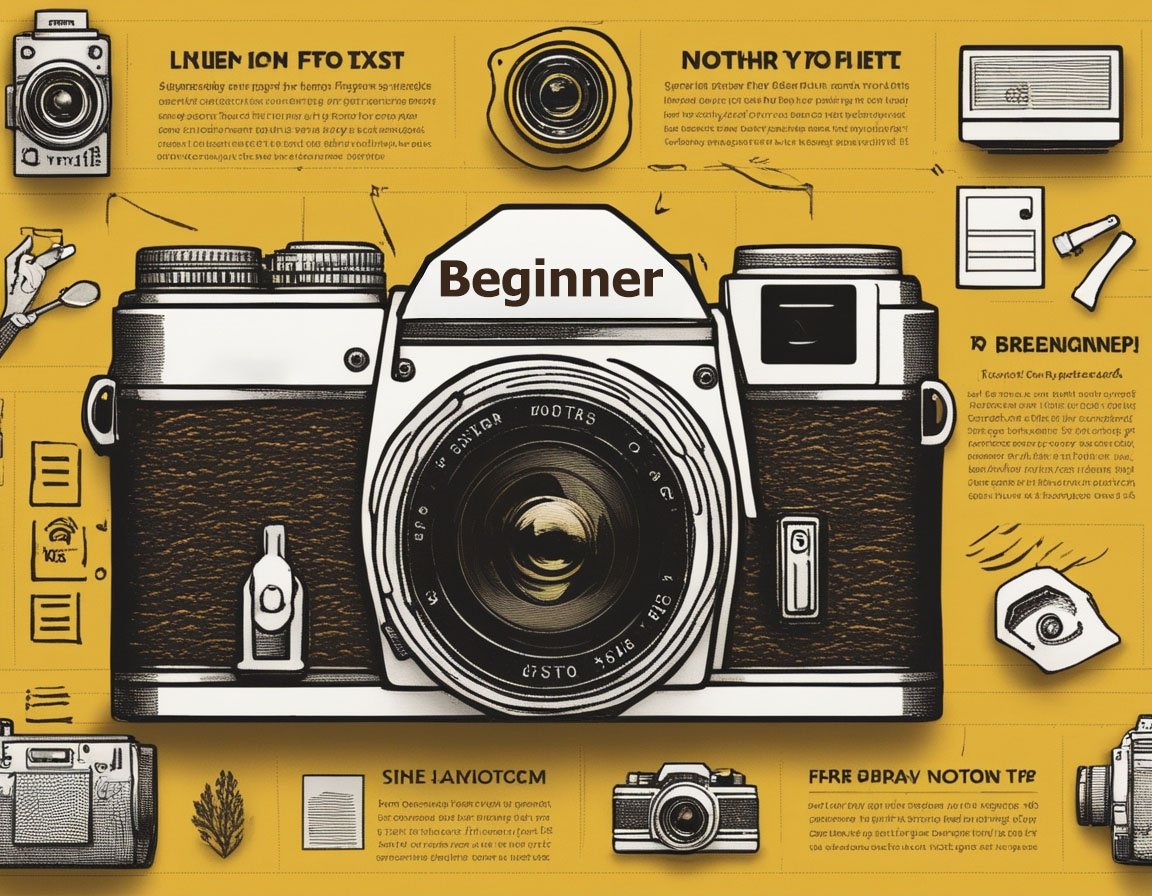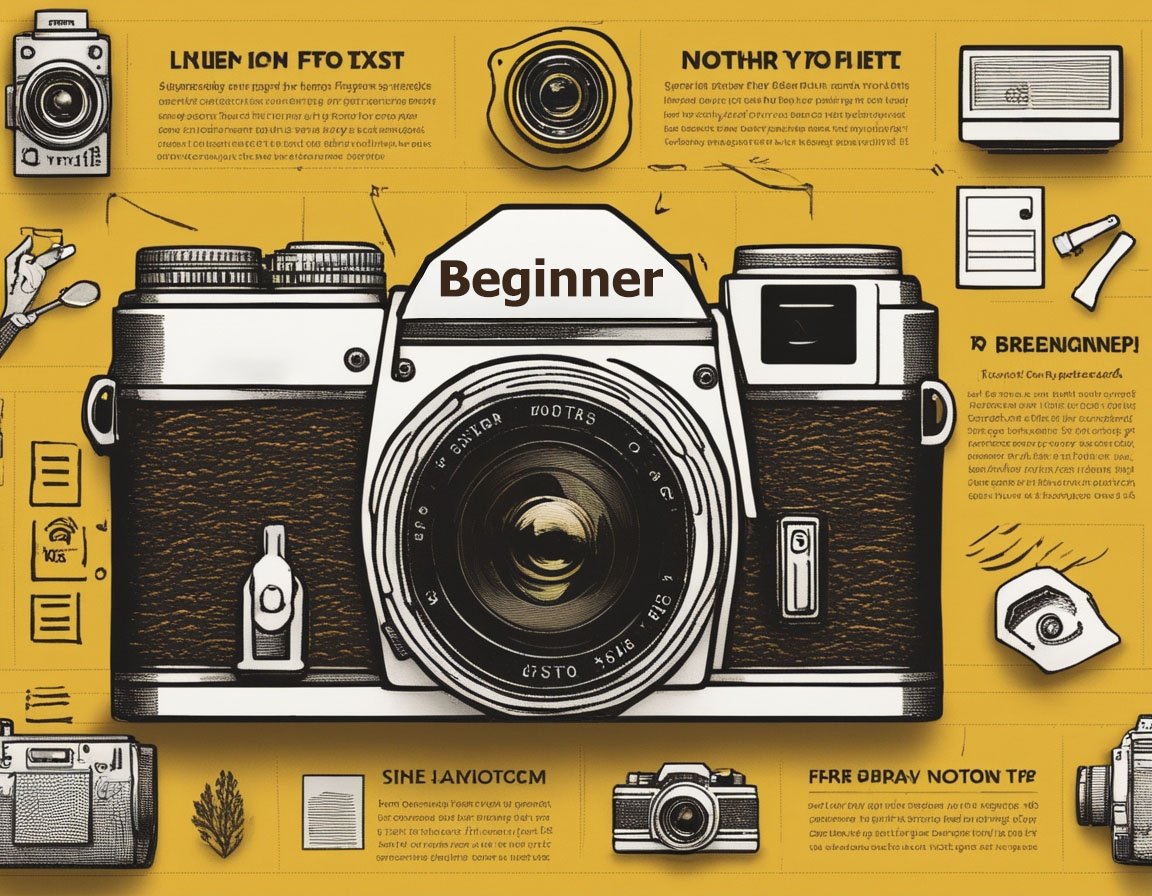Understanding Auto Mode’s Limitations
When you first acquire a camera, it’s tempting to rely on the convenience of auto mode. The allure of auto mode lies in its promise to make photography effortless, especially for beginners. By automatically adjusting the camera settings based on the environment, auto mode attempts to optimize exposure, focus, and white balance. However, as convenient as it seems, shooting in auto mode is fraught with pitfalls that can stifle creativity and yield less-than-stellar results.
Lack of Creative Control
One of the primary pitfalls of shooting in auto mode is the relinquishment of creative control. Photography is an art form that thrives on creativity and expression, yet auto mode confines the photographer to standardized settings. By dictating choices like aperture, shutter speed, and ISO, auto mode denies photographers the opportunity to experiment with these elements to achieve their desired aesthetic. This lack of control can be particularly frustrating in complex lighting situations where nuanced adjustments are necessary.
Inconsistent Exposure
Auto mode often struggles with achieving consistent exposure results, especially in challenging lighting conditions. Cameras rely on light metering systems to determine the best exposure settings. However, these systems can misinterpret scenes with high contrast, resulting in overexposed or underexposed images. For example, a bright sky may cause the camera to darken the foreground, losing important details. Manual mode allows photographers to take control of exposure settings, ensuring that critical elements of the scene are captured accurately.
White Balance Woes
Auto mode’s white balance capabilities can be unpredictable, leading to color casts that detract from the image’s realism. Lighting conditions such as incandescent, fluorescent, or mixed lighting can confuse the camera’s auto white balance feature. The result is often images with unnatural color tones that require extensive editing to correct. Mastering manual white balance settings allows photographers to faithfully replicate the scene as perceived by the human eye, minimizing the need for post-processing corrections.
Focus Issues
Achieving precise focus can be challenging in auto mode. Cameras equipped with multiple focus points might select the wrong subject, particularly in complex compositions. This is problematic for portrait photography, where focus should be on the subject’s eyes. Using manual focus, photographers can ensure pin-sharp accuracy on their chosen focal point. Moreover, manual mode empowers photographers to employ techniques like focus stacking, which auto mode cannot accommodate.
ISO Sensitivity Complications
Auto mode often defaults to higher ISO settings in low-light conditions, introducing noise and degrading image quality. The higher the ISO, the more sensor noise impacts the clarity and sharpness of an image. While auto mode aims to maintain a steady exposure, it does so at the expense of image quality. By manually setting the ISO, photographers can find the optimal balance between exposure and noise, producing clearer and more detailed images even in challenging lighting scenarios.
Shutter Speed Restrictions
Auto mode restraints can be especially evident when dealing with motion in photography. Whether capturing fast-moving subjects such as athletes or waterfalls in long exposures, auto mode may select unsuitable shutter speeds. This leads to unwanted motion blur or frozen subjects lacking the sense of movement. Photographers using manual mode can adjust shutter speed to artistically depict motion, catching the perfect moment or conveying a sense of dynamic action.
Learning Curve Stagnation
Reliance on auto mode inhibits the learning process essential for mastering photography. As photographers become comfortable with manual settings, they gain insights into how aperture, shutter speed, and ISO combine to create an image. By understanding these fundamentals, photographers can develop their style and technique. Auto mode short-circuits this learning curve, resulting in a superficial understanding of photography and limited growth.
Diminished Customization
Modern cameras offer an array of advanced features, yet many are inaccessible when using auto mode. Shooting modes such as aperture priority or shutter priority allow for greater customization, blending the flexibility of manual adjustments with automatic guidance. Features like bracketing, exposure compensation, and flash control are typically restricted or less effective in auto mode. By exploring manual settings, photographers can fully harness their camera’s capabilities to enhance their photography.
Tactical Drawbacks in Specific Genres
In specialized genres such as landscape, portrait, or street photography, shooting in auto mode can be particularly limiting. Landscapes benefit from deep depth of field and rich detail, requiring manual aperture adjustments. Portraits demand precise focus and exposure controls to highlight subjects, while street photography thrives on spontaneous moments captured with quick, manual interventions. Auto mode frequently fails to meet the nuanced demands of these genres, producing generic and uninspiring results.
Cultivating a Diagnostic Mindset
Switching away from auto mode encourages a diagnostic mindset. Photographers learn to assess the scene critically, factoring in lighting, composition, and subject matter. This active engagement with the environment fosters creativity and problem-solving skills. Instead of passively accepting camera presets, photographers in manual mode engage more deeply with their equipment, resulting in a richer, more satisfying photographic journey.
Embracing the potential of manual shooting liberates photographers from the constraints of auto mode. By recognizing the pitfalls and challenges inherent in auto mode, photographers can make informed decisions that enhance their skill and creativity. As they break free from automatic settings, photographers discover new depths in their work, transforming mere snapshots into compelling visual narratives.



